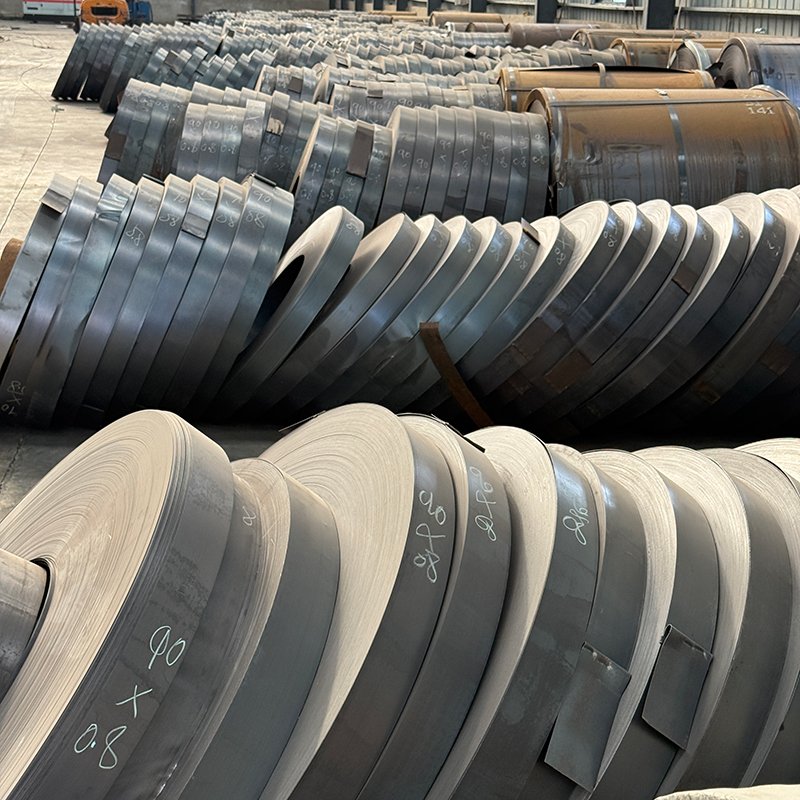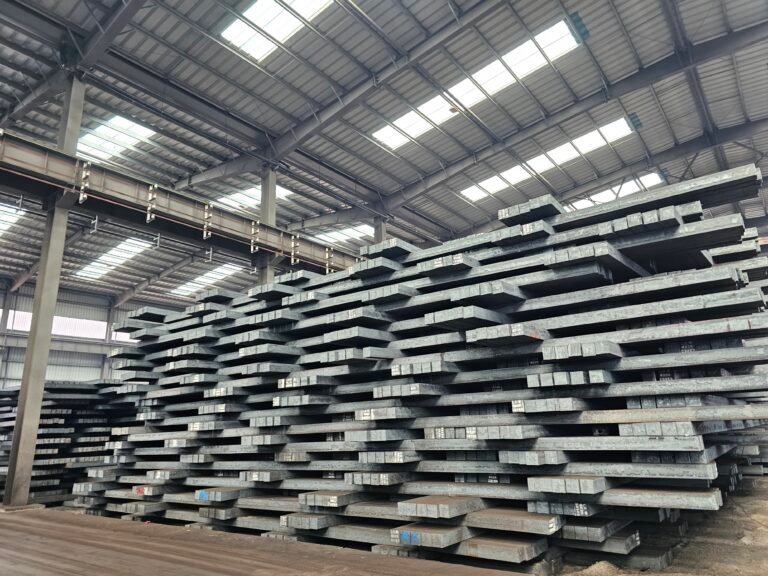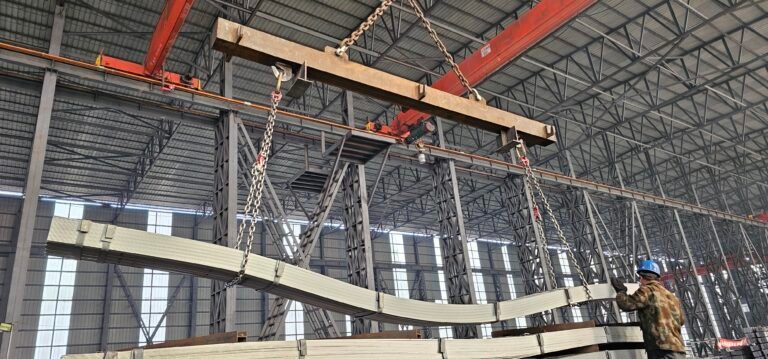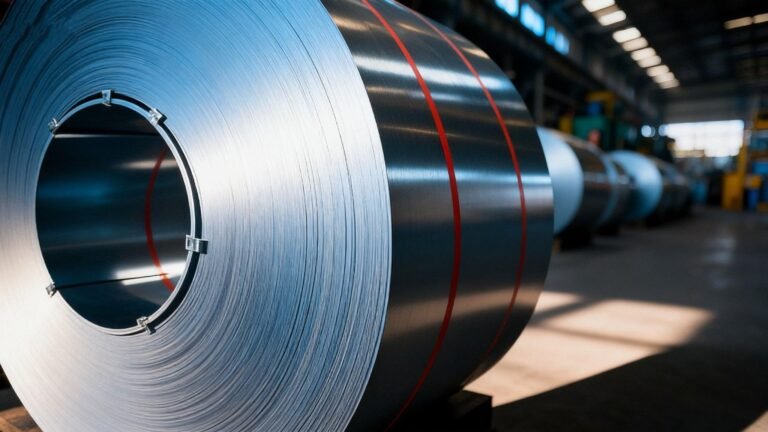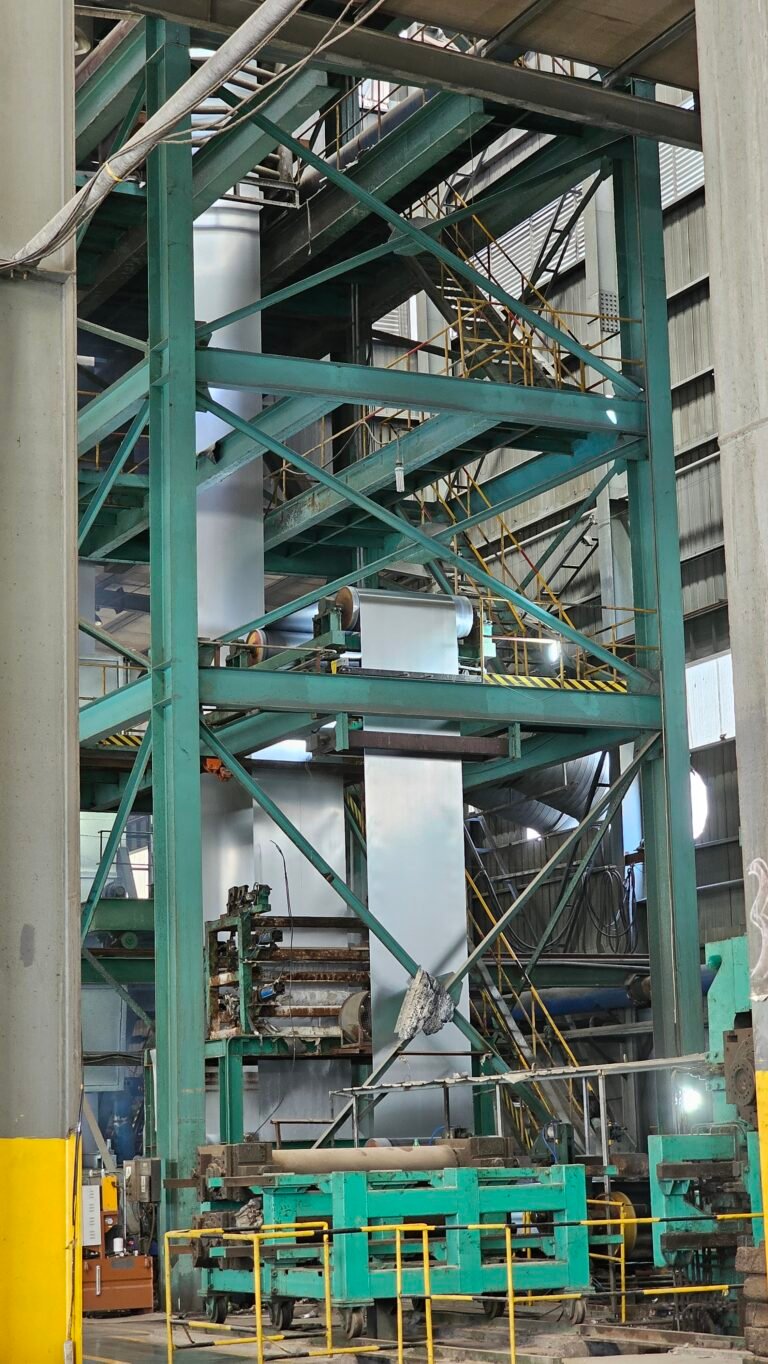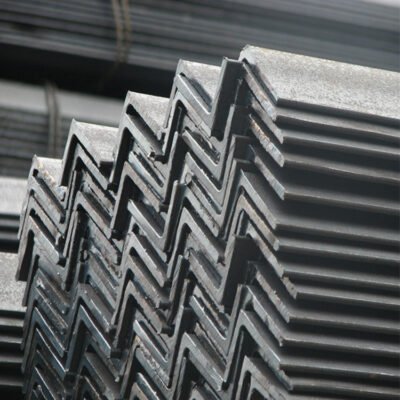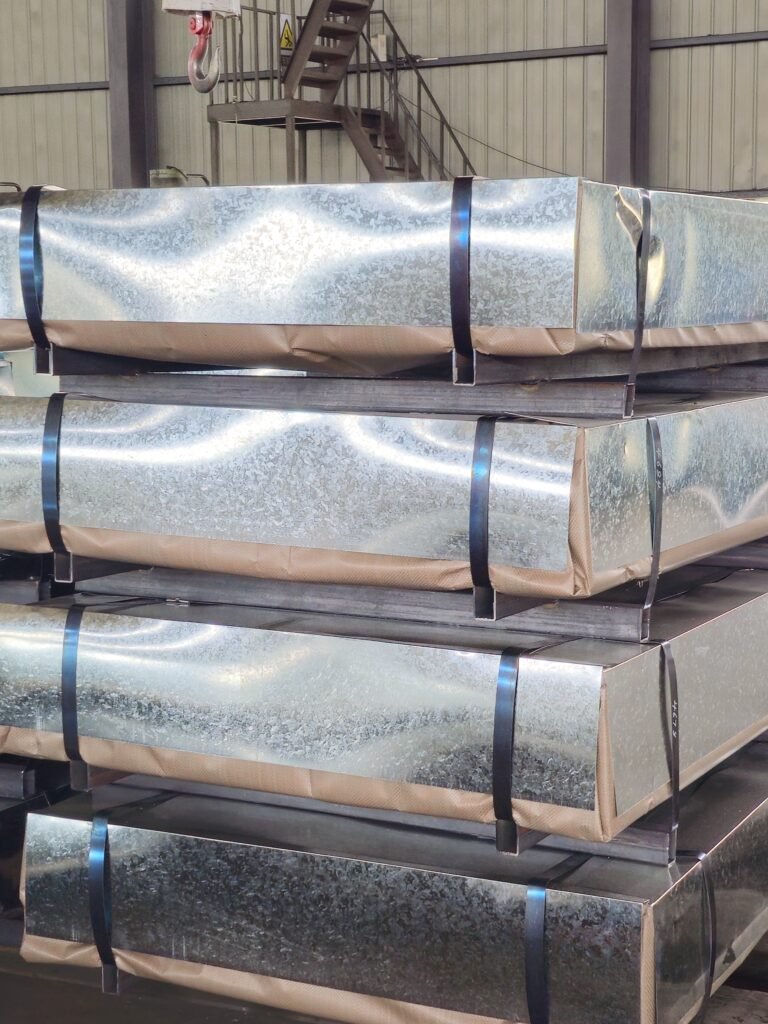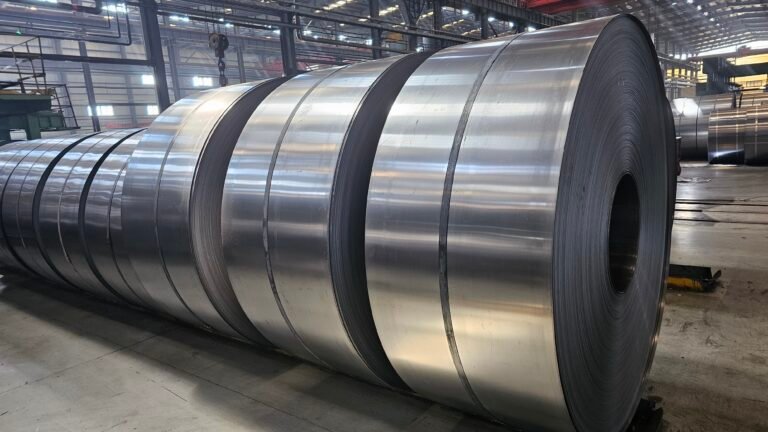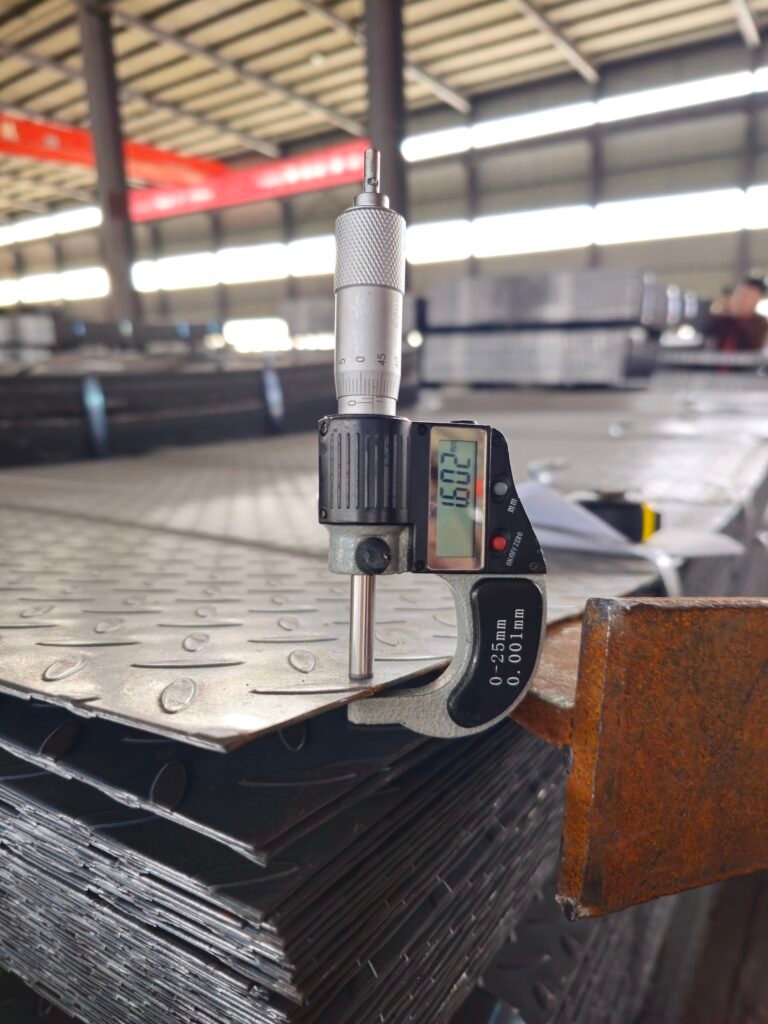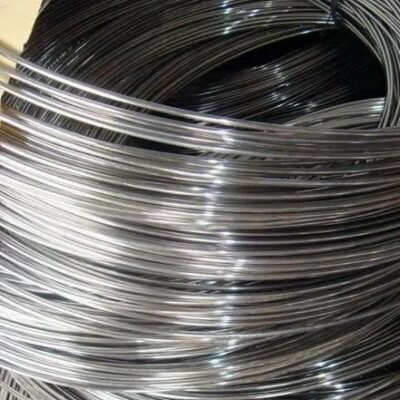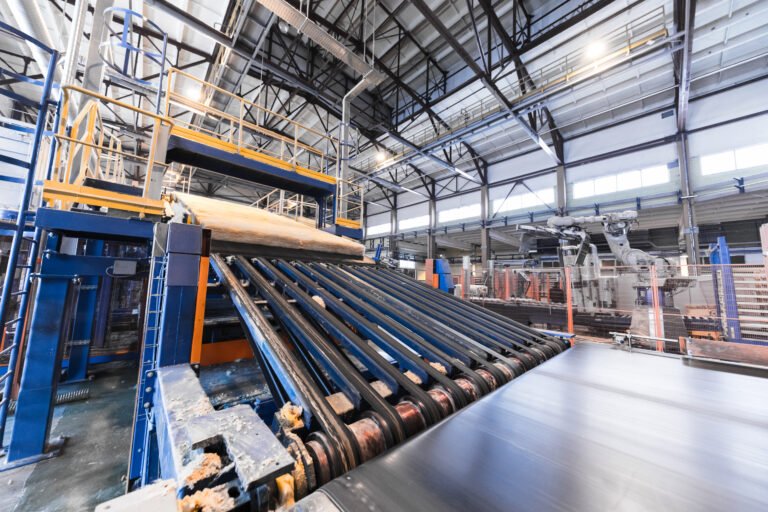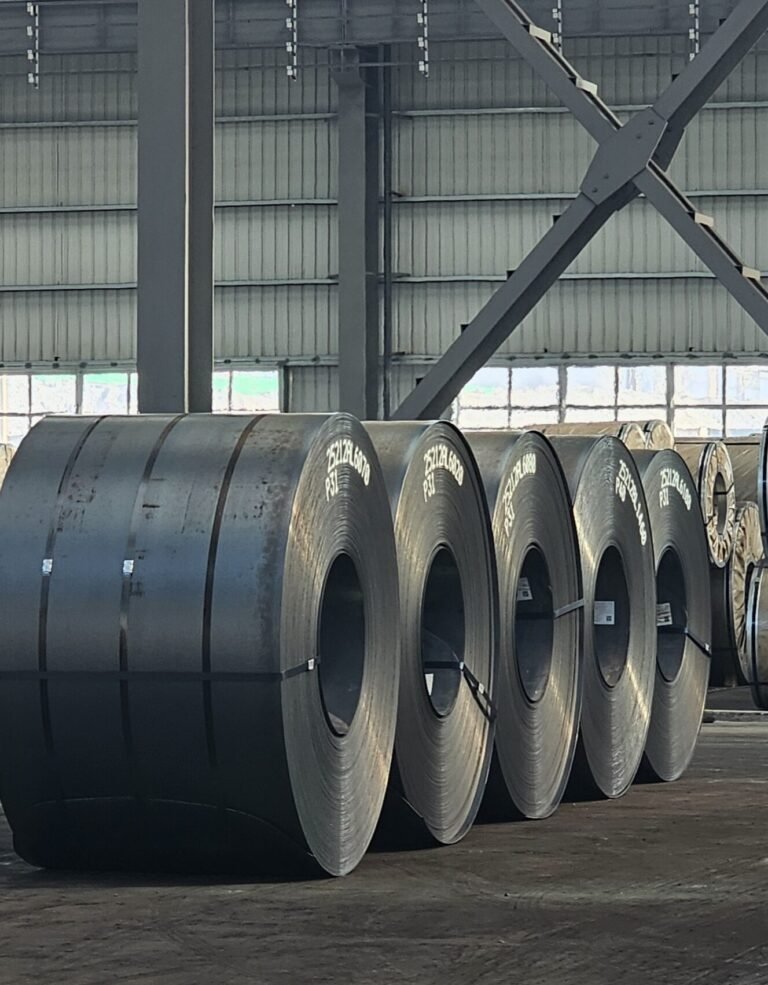China’s intelligent transformation of the steel industry has increased production efficiency by up to 73% in some factories while reducing carbon emissions by nearly 8% .
The traditional image of steel mills is one of billowing smoke and fiery sparks, but the modern steel industry is undergoing a quiet revolution. As global attention to climate change and sustainable development grows, the steel sector—a major carbon emitter—is actively pursuing green transformation while embracing digital and intelligent technologies to enhance production efficiency and product quality .
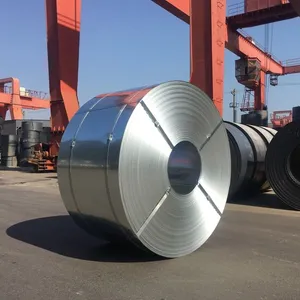
1. Green Transformation of the Steel Industry
1.1 Environmental Challenges and Emission Reduction Efforts
The steel industry is a significant source of global carbon emissions, accounting for approximately 15% of China’s total carbon emissions, ranking first among 31 manufacturing categories. Facing this challenge, Chinese steel companies are taking proactive steps toward energy conservation and carbon reduction .
Baosteel Group, through its “ultimate energy efficiency” initiative, has applied new energy-saving and carbon-reduction technologies such as waste heat recovery from coke oven gas and sintering flue gas, achieving an annual energy saving of about 400,000 tons of standard coal. This scale not only reduces environmental pollution but also brings considerable economic benefits .
Yonggang Group has invested heavily in building a circular economy industrial park, focusing on the resource utilization of solid wastes like steel slag and metallurgical dust. It has been recognized by national authorities as one of the 50 national bulk solid waste comprehensive utilization bases. At Yonggang, even fish ponds, guard booths, and eco-friendly public toilets in the park are manufactured using steel slag through 3D printing technology, truly turning waste into treasure .
1.2 Green Production Technologies and Process Innovation
Steel companies are fundamentally changing production processes to drive green transformation. HBIS Group’s Xuanhua Gaoke Technology Co., Ltd. has explored the application of a series of non-carbon technologies such as carbon-free hydrogen-oxygen burners and low-carbon efficient foamy slag, resulting in a near-zero carbon emission smelting process .
Beyond emission reduction, steel companies are also focusing on water resource recycling. Leading enterprises have implemented rain and sewage diversion and recycling systems, achieving a water reuse rate of over 99% within the plant. Production wastewater, domestic sewage, and ship sewage are all collected and treated, realizing zero wastewater discharge .
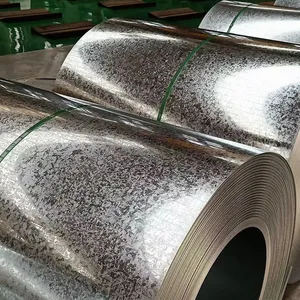
Main Directions and Effectiveness of the Steel Industry’s Green Transformation
| Transformation Direction | Specific Measures | Effectiveness and Cases |
|---|---|---|
| Energy Structure Optimization | Applying waste heat recovery technology to improve energy efficiency | Baosteel Group saves about 400,000 tons of standard coal annually |
| Circular Economy | Resource utilization of solid wastes like steel slag and metallurgical dust | Yonggang Group’s circular economy industrial park recognized as a national base |
| Near-Zero Carbon Emission Processes | Carbon-free hydrogen-oxygen burners, low-carbon efficient foamy slag, and other non-carbon technologies | HBIS Xuanhua Gaoke achieves near-zero carbon emissions in smelting |
| Water Resource Management | Rain and sewage diversion systems, comprehensive wastewater treatment | Several leading steel plants achieve over 99% water reuse rate and zero wastewater discharge |
2. Intelligent Manufacturing Empowers the Steel Industry
2.1 Digital Transformation Comprehensively Enhances Efficiency
At Shougang Jingtang’s “Smart Dream Factory,” 120 robots have been successfully deployed, and over 100 digital and intelligent application scenarios have been implemented. These intelligent robots handle tedious and arduous tasks such as stripping bands, attaching labels, and skimming zinc slag, not only improving efficiency but also significantly enhancing the working environment .
The 5G intelligent warehouse is a typical application of smart manufacturing. In a workshop hundreds of meters long, unmanned overhead cranes, like “aerial mechanical arms,” perform lifting operations with precision, achieving unmanned operations throughout the warehouse. This intelligent transformation not only reduces labor costs but also improves operational accuracy and safety .
The digital transformation of Ansteel Group has yielded remarkable results. They have developed mathematical models applied to various business processes, reducing the digital R&D cycle for new products by 20% and increasing production efficiency in the steel business by 73%. Since 2021, Ansteel has cumulatively invested 4.15 billion yuan in over 300 digital projects, directly generating 840 million yuan in benefits .
2.2 Application of Artificial Intelligence and Big Data
Artificial intelligence technology plays a crucial role in key steel production processes. At Shougang Jingtang, the self-developed “digital twin” steelmaking system enables intelligent control of converter blowing, tapping, slag splashing, and slag removal, achieving an automation level of over 90%, with 95% of operations requiring no manual intervention .
This system has increased the direct tapping ratio by about 26%, shortened the smelting cycle by 2 minutes and 28 seconds, and reduced the consumption of steel materials per ton of steel by 2.9 kilograms. This precise control not only boosts production efficiency but also reduces resource waste .
In blast furnace operations, intelligent systems are also changing the traditional experience-dependent model. The blast furnace expert diagnosis system at Jingye Group monitors the ironmaking process in real-time, shifting away from the past reliance on experience for monitoring furnace temperature, observing burden speed, and calculating parameters, thereby making the ironmaking process more stable and efficient .
3. High-End Development: Shifting from “Quantity” to “Quality”
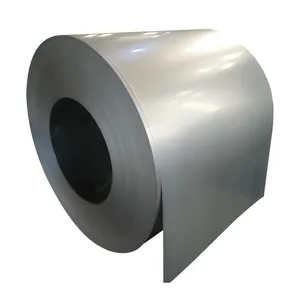
3.1 Product Innovation Drives High-End Transformation
Steel enterprises in Hebei have shifted from solely pursuing output to focusing on product quality and value addition. HBIS Group’s Tangsteel company independently developed the 1.2GPa galvanized ultra-high strength dual-phase steel, which is currently the highest strength grade cold-rolled galvanized dual-phase steel available on the market, used in critical components for globally renowned automotive brands .
The successful development of this high-end steel signifies that Chinese steel enterprises possess the capability to compete in the international high-end market. Hebei Jinxi Steel’s steel sheet pile production line can now produce 16 series and 32 specification products; Xingtai Iron & Steel’s newly developed high-strength riveted steel for new energy vehicles, a product exclusively developed domestically for the first time, breaks foreign monopolies .
By 2023, the proportion of high-end steel products in Hebei Province reached 19.8%, an increase of 3.7 percentage points from 2022. This data indicates that the steel industry is steadily moving towards high-end development .
3.2 Supply Chain Collaborative Innovation
Steel companies are not only optimizing their own production processes but also promoting green and low-carbon transformation across the entire industry chain through supply chain collaboration. Yonggang Group adopts green and low-carbon procurement and transportation methods at the supply chain end; strengthens the transformation and optimization of equipment, processes, technology, and energy at the manufacturing chain end; and researches and develops green and low-carbon steel products at the consumption chain end to reduce the carbon footprint throughout the product lifecycle .
This collaborative innovation across the entire industry chain enables Yonggang Group’s self-developed various types of non-annealing cold heading steel to reduce carbon emissions by over 0.2 tons per ton for downstream users. The application of non-quenched and tempered steel series products can reduce energy consumption in part manufacturing by 30%–40% .
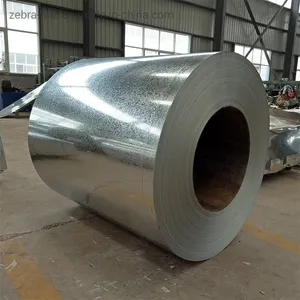
4. Future Prospects and Development Trends
4.1 Low-Carbon Green Development Direction
In the future, China’s steel industry will be led by low-carbon goals to promote a new round of higher-quality supply-side structural reform. Hydrogen smelting technology is regarded as one of the most potential breakthrough technologies that could lead to a fundamental change in traditional steel smelting technology .
Yu Yong, Chairman of HBIS Group, pointed out that low-carbon green development is an important part, key embodiment, and ultimate goal of promoting the high-quality development of China’s steel industry. The steel industry will gradually establish a comprehensive innovation system for the management, monitoring, and assessment of the entire process carbon emissions, achieving intelligent carbon management in the energy system .
4.2 Deep Integration of Intelligentization
With the development of 5G, industrial internet, and artificial intelligence technologies, the intelligentization of the steel industry will continue to deepen. The relevant person in charge of the Shijiazhuang Bureau of Industry and Information Technology stated that the industrial internet, through the deep integration of new generation information technology and the industrial economy, promotes the digital, networked, and intelligent transformation of industry, achieving quality improvement, efficiency enhancement, cost reduction, green development, and safety .
In the future, steel enterprises will pay more attention to the application of technologies like “digital twins,” achieving complete mapping of the physical factory in virtual space and guiding actual production through simulation and optimization to further improve production efficiency and quality stability .
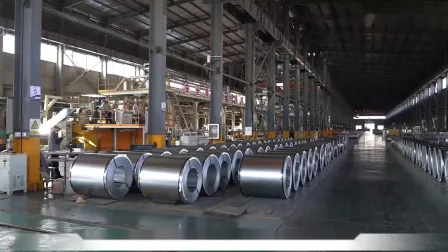
Conclusion
The green and intelligent transformation of the steel industry is a profound change. Driven by the triple engines of greening, intelligentization, and high-end development, this traditional basic industry is revitalized. In the future, with breakthroughs in low-carbon smelting technology and the deep integration of intelligent manufacturing, the steel industry will better fulfill its role as the “reinforcement” of the real economy .
As demonstrated by the practice of Shougang Jingtang, smart factories are not simply about “replacing humans with machines” but involve a systematic project that requires continuous deepening of technology application to follow the correct path of high-quality development. This transformation is not only about the future of the industry itself but will also contribute significantly to global climate change and sustainable development goals .
